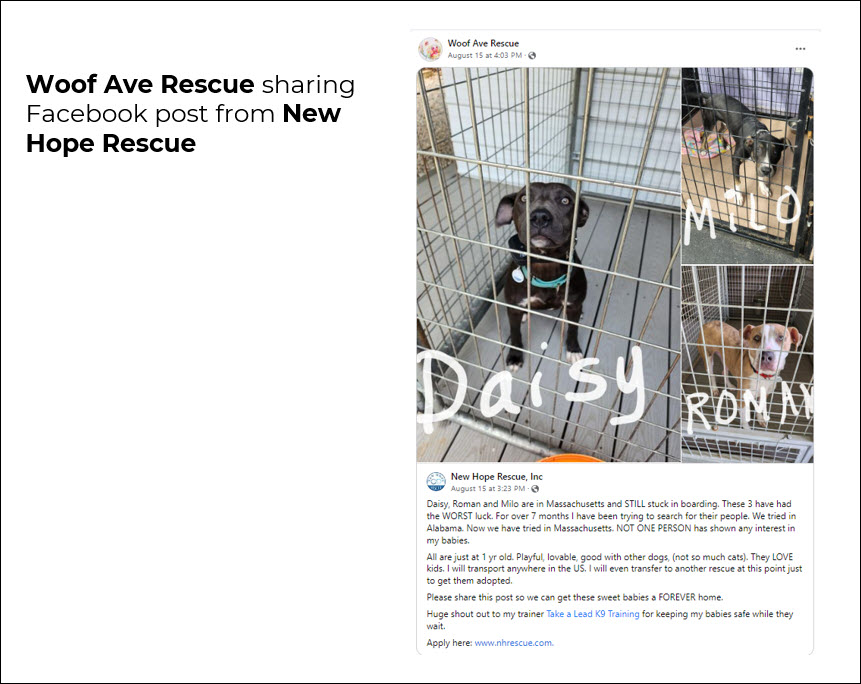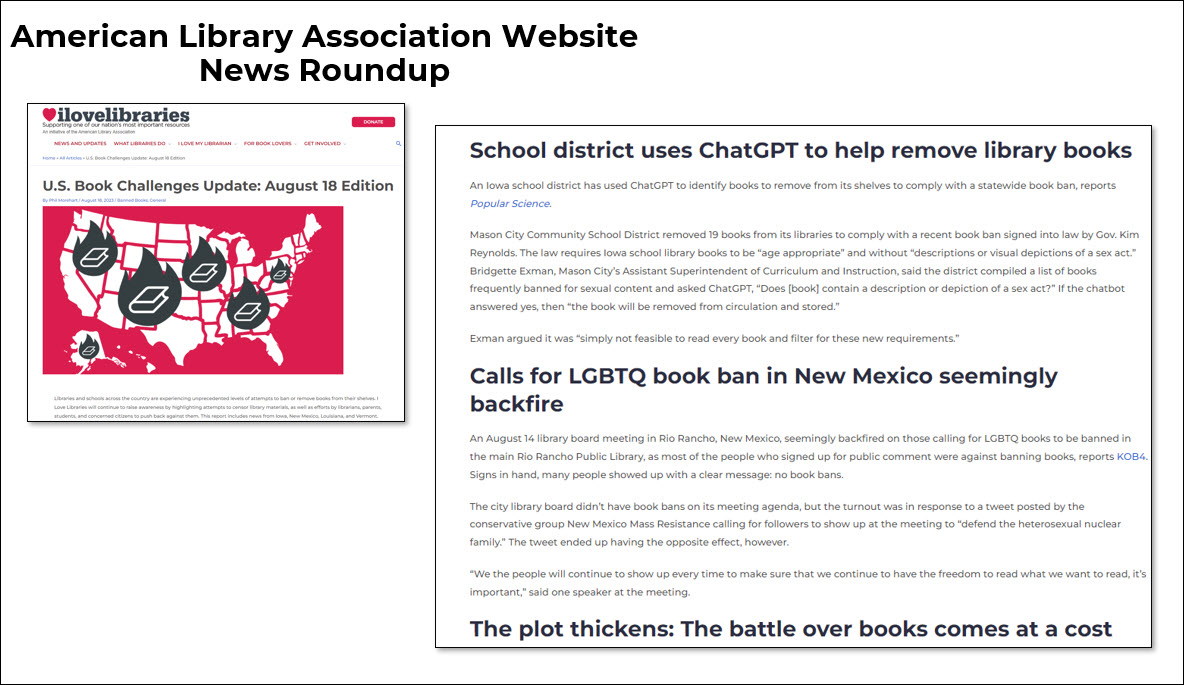
Content curation should be an important part of your content creation strategy as it can save you time, improve engagement, establish you as a helpful source of information, and can even improve your SEO. Nonprofits can curate content lots of different ways, but let’s talk about some basics first for those of you who have never curated content before.
Nonprofit Content Curation Basics
Content curation is simply gathering relevant content – that may or may not be yours – and sharing it with your followers.
In order to do it effectively, you need to:
- Know your audience and what is relevant to them
- Schedule time to look for content to share
- Share a variety of content from different sources
- Credit your sources*
*Linking to original content doesn’t automatically save you from copyright violations though. See my post Curating Content Versus Stealing It to learn more.
When trying to find the right kind of content think about the type of content you are known for now. Then ask yourself:
What would the same people who come to you for that advice also want to know?
That’s the content you want to share.
For example, you as a nonprofit communicator are very likely to be interested in changes on a social media channel. But Kivi and I don’t want to write a new post every time social media platforms update something (we wouldn’t have time for anything else!). But there are people who devote all of their time to tracking social media changes so we will curate that content from those places and share it with you.
If you’re an animal rights organization, you are an expert in ending animal suffering. But it would be logical to assume that a lot of your followers would be interested in vegan/vegetarian recipes. Curating these types of recipes for your followers makes sense.
How to Look for Curated Content
Your main goal is to look for quality content that is relevant to your followers. Ask yourself:
- Is this content published by a reputable source?
- Will my audience be informed or entertained?
- How does this content relate to our own content?
- Does this content offer a unique perspective on a topic within our cause?
- Will I be able to add my own point of view/commentary to this content?
Where to Find Content to Curate
- Your social media newsfeeds
- Subscribe to newsletters
- Ask AI
- Google (BUT be aware that the top content has probably already been shared a lot)
Here are some tools you can use to help find content and keep it organized
- Feedly
- Hootsuite
- Google News Alerts
- Curate by UpContent
- TrendSpottr
How Nonprofits Can Share Curated Content
- Social Media
Share links to content from other people and share why you think your readers need to see this. Repost others’ content.

- Link Roundups
Put together a list of posts, articles, videos, etc on a particular topic related to your cause. These can be news roundups or features like “Things You Need to Know This Week/Month” or “What We’re Reading”

- Add Your Own Spin
These posts require a little more thought, but should still be part of curating content especially if you are interested in establishing yourself as an expert source. You could breakdown data from reports or surveys. Share why you agree or disagree with another piece. Or you could combine several different posts on a similar topic into a single comprehensive post to make it easier for your readers to find everything they need to know about that topic. But remember, it’s important you explain why the content is important to your readers.
For an example of this, see my post Can You NOT Be a Morning Person AND Be Successful?
- Curate Your Own Content
Yep, you can even curate your own content like we did with this post combining all of our resources on annual reports.
From our previous Nonprofit Communications Trends Reports, we know less than 20% of nonprofits say they frequently curate or share content from other organizations. We think that’s a missed opportunity as curating content will help you save so much time while still sharing useful information with your followers.
To talk more about content curation and other nonprofit communications best practices, join our private community. It’s free and give you access to discussion boards, resource libraries, special events and more!





